Most of us use the fruits of the ideas and work of Alan Kay and his team at Xerox Palo Alto Research Centre (PARC) every day, but few know his contribution in detail.
Alan studied at Utah in the 1960’s and was fortunate to encounter the work of early pioneers in computer graphics (Ivan Sutherland at MIT), the first mouse (Doug Engelbart at Stanford) and objects and classes in Simula ( Ole-Johan Dahl and Kristen Nygaard in Norway). He was also exposed to the Arpanet (precursor of the Internet) through DARPA. His PhD thesis involved creation of an early personal computer (the Flex Machine). He conceived of a future product, which he called the Dynabook, which we would now recognise as an iPad. One key difference: Alan wanted the device to be maleable by the user (programmable even by children) rather than a device for media consumption.
Alan and his small team at Xerox (usually < 20 people) invented the first GUIs, developed object oriented programming and Smalltalk to write their operating environment and applications, produced the concept of bit-mapped graphics, overlapping windows, WYSIWYG editing, laser printing, local area networks (Ethernet), Integrated Development Environment (IDE) tools. They employed garbage collection, virtual machines, runtime images and late binding decades before these became mainstream. All this between 1970 and around 1976.
The ideas from this group had a profound impact on the industry, being picked up by Apple in their creation of the Macintosh, and later Microsoft who followed Apple. There was also an early WYSIWYG word processor (done by a different team, but using similar environment) called Bravo, that evolved through an intermediate product to Microsoft Word. Object oriented programming became the dominant programming model from the late 1980’s through 2020.
Alan went on to work at Apple, where he was instrumental in the creation of the open source Smalltalk variant Squeak, much loved in the education community. This in turn was forked to Pharo which is a very capable open source Smalltalk system, widely used in education, research and commercial systems.
He had a brief stint at Hewlett Packard as a head of research, but the culture was hostile and he left to found Viewpoints Research where he continued to push the boundaries and inspire another generation of researchers. A notable achievement of this group was the creation from scratch of a complete personal computing environment (operating system, communications, word processing, spreadsheet, presentation graphics etc. ) done in less than 10 000 lines of code. An exception was a web browser - not achievable without massive effort due to many broken, incomplete and conflicting standards… See STEPS project if interested.
Alan is a many faceted individual, also making contributions in music, teaching methods and mathematics.
Thanks Alan!
(And Happy Birthday for the 17th)







